ASHGABAT – CROWN DIAMOND OF CENTRAL ASIA

[아츠앤컬쳐] 중앙아시아에 위치한 투르크메니스탄의 수도는 아시가바트다. 아시가바트는 2013년 5월 25일, 흰 대리석 건물이 가장 많이 밀집되어 있는 도시로 기네스북에 등재된 바 있다. 아시가바트의 풍부한 건축 역사는 기원전 4천년까지 거슬러 올라가는데, 그 당시의 고고학 기념물이 발견되어 이 땅에 사람들이 정착하여 살았음을 증언하고 있으며, 위대한 파르티아 제국 시대에 번성했던 니사 시의 제식 또한 고대도시의 존재를 확연히 증명하고 있다.
니사는 기원전 3세기 중반부터 기원후 3세기 초까지 중앙아시아의 이 지역을 지배했던 파르티아 제국의 수도로, 건축, 벽화, 조각 및 각배(角杯) 등으로 세계 역사에서 중요한 위치에 있음을 알려준다. 아시가바트의 근교인 이곳에는 고유한 전통 문화와 헬레니즘 및 서양의 로마 문화가 결합된 고대 문명의 유적이 발굴 전 상태로 보존되어 있다.
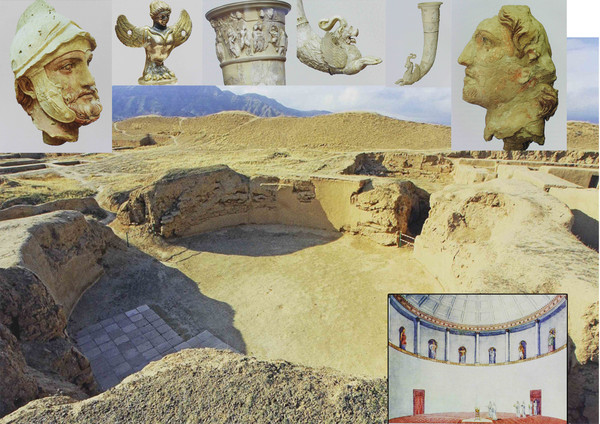
1991년 구 소련연방의 해체 후 투르크메니스탄이 독립하게 되면서 수도 아시가바트의 건축 예술에 결정적인 계기를 맞았다. 시간이 지남에 따라 다양한 유형의 건물이 수도에 등장하게 되었는데, 대부분 흰색 대리석으로 건설되었으며 이는 국가 및 고전주의 전통과 현대적인 추세에 따른 것이다.
2023년 10월 31일, 세계 도시의 날을 맞아 각종 예술로 어우러진 아름다운 아시가바트가 ‘디자인’ 정책으로 유네스코 창의도시 네트워크에 공식적으로 가입했다. 아시가바트는 유네스코 창의도시 네트워크에 가입한 투르크메니스탄 최초의 도시일 뿐 아니라, 중앙아시아 지역에서 ‘디자인’ 정책으로 이 네트워크에 가입한 최초의 도시가 되었다. 역사적 기념물의 사용, 건물 장식에 실용적인 예술의 징후, 기념비적인 조각품과 모자이크 장식을 갖춘 건물 환경의 조합은 도시 건축에서 디자인 구조의 중요성을 드러내고 있다.
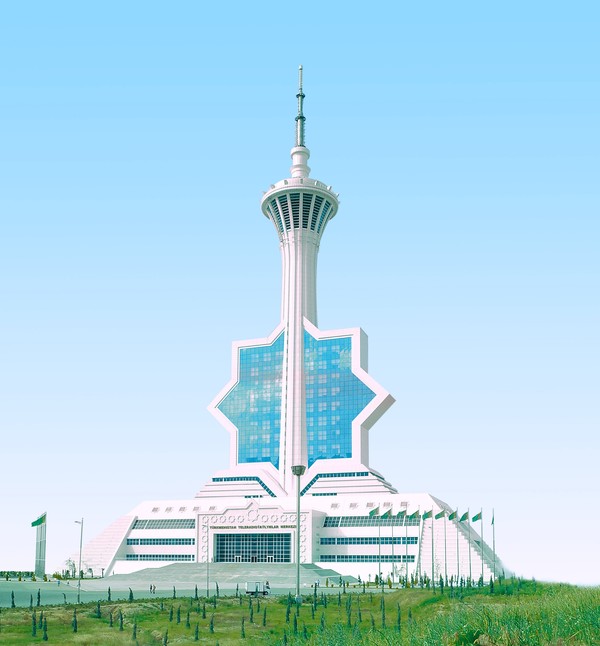
아시가바트에는 기네스 세계 기록에 오른 다양한 규모의 각종 건축물이 많다. 그 중에 ‘오구즈 칸과 아들들’ 분수 단지는 2008년에 조성된 것으로 수도의 아름다움에 매우 부합하는 작품이라 할 수 있다. 2011년에는 산 능선에 세워진 211미터 높이의 투르크메니스탄 TV 및 라디오 방송 센터의 건물이 건축계에서 가장 큰 팔각형 별의 이미지로 기록 목록에 올랐다.
2012년에는 아시가바트에서 가장 아름다운 건물 중 하나인 높이 95미터의 ‘알렘’ 문화 및 레크리에이션 센터가 세계에서 가장 큰 실내 관람차로 기록 목록에 포함되었다. 투르크멘 예술의 위대함을 표현하는 건물 중 하나인 아시가바트 국제공항의 메인 여객 터미널 위에는 2016년 기네스 세계 기록에 등재된 705평방미터의 최대 규모를 자랑하는 카펫 패턴 그림이 걸려 있다. 2017년에는 올림픽타운의 올림픽경기장을 장식한 아칼테케가 가장 거대한 말 상징으로 목록에 올랐다.
투르크메니스탄의 수도 아시가바트는 건축의 독특한 얼굴로서 세계 건축 예술에서 당당히 자리를 차지하고 있다.
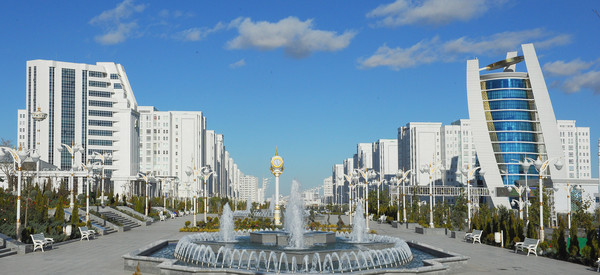
ASHGABAT – CROWN DIAMOND OF CENTRAL ASIA
Ashgabat is the capital city of Turkmenistan located in Central Asia. On May 25, 2013, it was listed in the Guinness Book of World Records as the city with the largest concentration of white marble buildings. Today, Ashgabat deserves a special place among the cities of the world with its unique architecture. The architectural history of Ashgabat is also rich, and the finds of archaeological monuments dating back to the 4th millennium BC testify to the existence of a settled population on these lands. While the ceremony of the city of Nisa, which flourished during the great Parthian kingdom, fully confirms the antiquity of the city.
Nisa was the capital of the Parthian Empire, which dominated this region of central Asia from the mid 3rd century BCE to the early 3rd century CE. They conserve the unexcavated remains of an ancient civilization which skilfully combined its own traditional cultural elements with those of the Hellenistic and Roman west. The city of Nisa has earned a worthy place in world history with its architecture, wall paintings, sculptures and rhytons.

With the independence of Turkmenistan in 1991, a defining period in the architectural art of the capital began. Over time, original buildings of various types appeared in the capital, they were covered with white marble and were built according to national and classicism traditions, as well as modern trends. Our capital, which combines the signs of classicism, constructivism, functionalism, and art-deco currents of architecture, stands out among the cities of the world with its various architectural styles and artistic styles.
On October 31, 2023, on the World Cities Day, Ashgabat, which is beautiful with the synthesis of arts, officially joined the UNESCO Creative Cities network under the “Design” direction, according to the decision of UNESCO Director General Audrey Azoulay. Ashgabat is the first city in the country to join the network of UNESCO creative cities, and the first city from the Central Asian region to join this network in the direction of “Design”. The use of historical monuments, signs of practical art in the decoration of buildings, the synthesis of the environment of buildings with monumental sculptures and mosaic decorations reveal the importance of the design structure of the city's architecture .
Several buildings of different sizes in Ashgabat were included in the Guinness World Records. In the same list, in 2008, the “Oguz Khan and sons” complex of fountains, covering an area of 14.82 ha, which clearly corresponds to the beauty of the capital. And in 2011, the 211-meter-high building of the “Turkmenistan” TV and Radio Broadcasting Center, located on the mountain ridge, was included in the list of records as the image of the largest octagonal star in architecture. A year after this event, the “Alem” cultural and recreational center, one of the most beautiful buildings in Ashgabat, with a height of 95 meters, was included in the list of records as the largest indoor ferris wheel in the world.
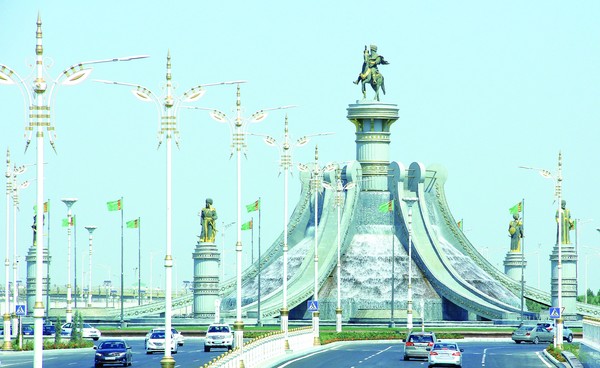
On top of the main passenger terminal of Ashgabat International Airport, one of the buildings that express the greatness of Turkmen art, there is a picture of the largest carpet pattern of 705 square meters, which was included in the Guinness World Records in 2016. In 2017, the 40.5x37.69-meter artistic image of the Akhalteke horse decorating the Olympic Stadium in the Olympic town of Ashgabat was included in the list of records as the largest architectural symbol of a horse on the planet.
Ashgabat, the capital of Turkmenistan, is a unique face of architecture, and it has taken its rightful place in the art of world architecture.
REFERENCES
- Hojageldiýewa B. Aşgabadyň täze binagärlik keşbi. Science and technology of youth. Aşgabat, 2019, №3.
- https://www.orient.tm/
- https://www.guinnessworldrecords.com/
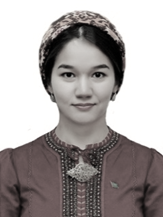
Bagtygul Hojageldiyeva
Professor of Department of Art history
of State Academy of Arts of Turkmenistan,
Head of the Center of Young Scientists

